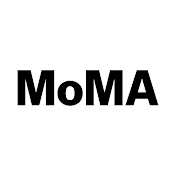Maker/Artist
Brady, Mathew B.
American photographer, 1823-1896
Brady first learned the art of photography in 1841, where he studied with Samuel B. Morse at the New York Academy of Design and at Morse's own daguerreotype school. Brady opened a daguerreotype studio in New York City, New York in 1844, where over the years he concentrated on portraits, most notably famous contemporary Americans, such as the statesman Henry Clay. In 1847, with his business flourishing, Brady opened another portrait studio in Washington, D.C. In 1860, Brady opened the largest of his galleries, called the National Portrait Gallery, and in that year took his first of many famous portraits of Abraham Lincoln. In 1861, Brady requested permission to document the Civil War. From 1861 to 1865, he organized teams of photographers attached to all parts of the United States Army who documented battles, officers and equipment. Brady and his team were able to cover all the battles and events of the war, which include portraits of Generals Grant and Lee, as well as unflinching images of dead soldiers. Brady approached the state concerning purchasing his collection, but it wasn't until 1875, after a vote in Congress, that the War Department of the United States purchased part of his Civil War collection of glass negatives. The purchase came too late, as Brady was reduced to poverty, selling the last of his galleries in 1895.








